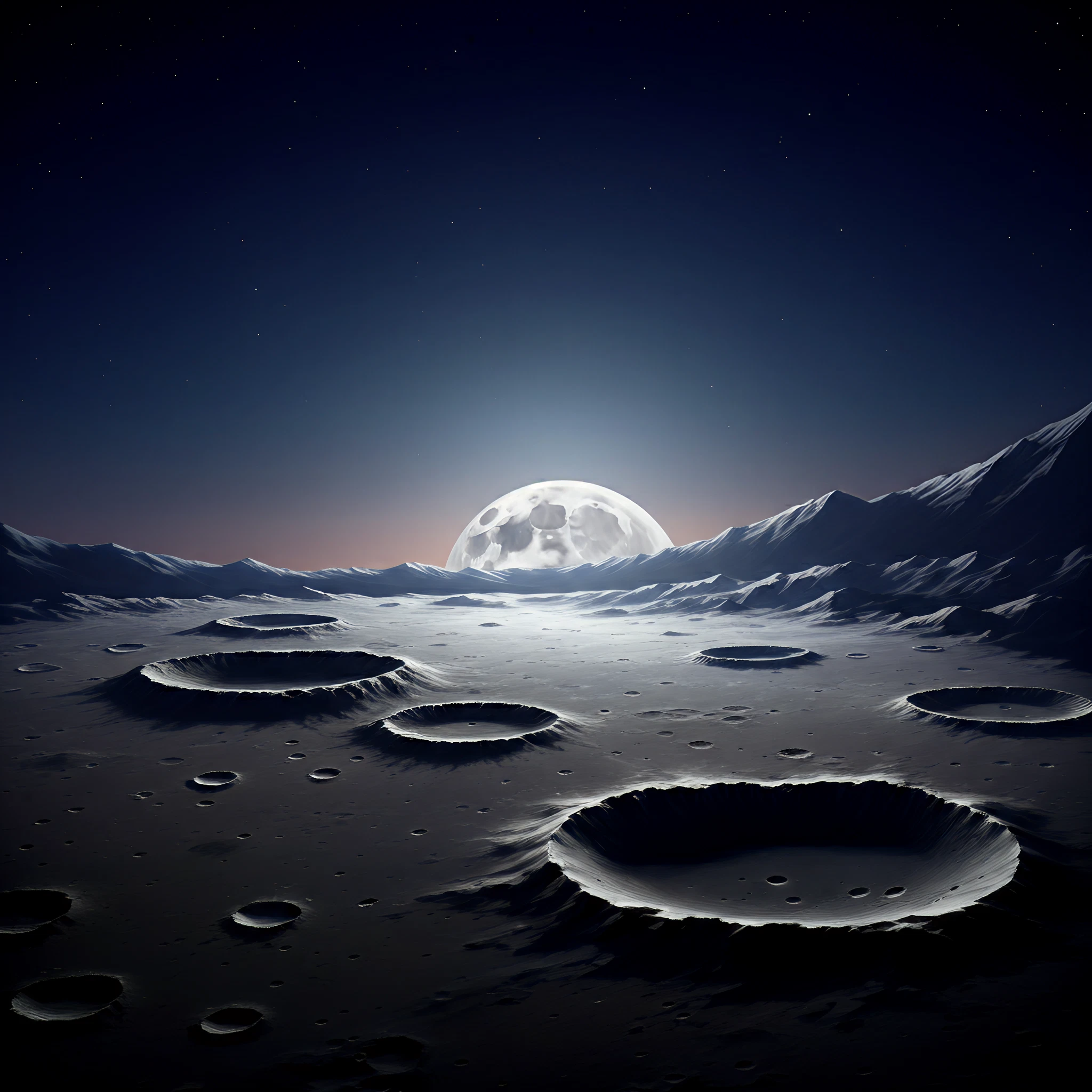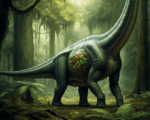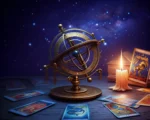From the moment humans gazed up at the night sky, the Moon has captured our imaginations. For amateur astronomers and curious students alike, the Moon presents a fascinating opportunity for exploration, even with modest telescopes or the naked eye. The lunar surface, with its unique features, tells a compelling story of the Moon’s history. Here, we’ll take a closer look at maria, craters, and highlands—three key features that define Earth’s closest celestial neighbor.
Maria
The word “maria” (singular, mare) comes from the Latin term for seas, as early astronomers believed these dark, flat regions were vast oceans. However, maria are actually large plains of solidified lava. Formed billions of years ago during a period of intense volcanic activity and asteroid impacts, these plains are darker than the surrounding areas due to their iron-rich basaltic rock composition.
Notable Maria to Observe:
- Mare Imbrium (Sea of Rains): Among the largest lunar maria, this feature can be seen with the naked eye and is located in the Moon’s northern hemisphere.
- Mare Tranquillitatis (Sea of Tranquility): The landing site of Apollo 11, where humans first set foot on the Moon in 1969.
Fun Fact
Maria cover about 16% of the Moon’s surface, but they are heavily concentrated on its Earth-facing side. This difference is due to the Moon’s crust being thinner on the near-side, making it more susceptible to volcanic activity in its past.
Craters
Craters are arguably the most recognizable and abundant features on the Moon. These bowl-shaped depressions are formed by the impact of meteors and asteroids striking the lunar surface over billions of years. The lack of an atmosphere on the Moon means there is no erosion to weather these craters away, preserving them in remarkable detail.
Notable Craters to Explore:
- Tycho Crater: Located in the southern highlands, Tycho is one of the brightest and most prominent craters, with striking ray patterns stretching across the Moon.
- Copernicus Crater: A large, circular feature that showcases terraced walls and central peaks, highlighting the dramatic effects of impact events.
Observing Tips
Use a small telescope or binoculars to observe the crater rims, central peaks, and ejecta rays that radiate outward. Shadows along the edges make craters more vivid during the Moon’s waxing or waning phases.
Highlands
The highlands are the Moon’s oldest surface features and are characterized by rugged, mountainous terrain. These regions are brighter than maria, as they are composed of anorthosite, a type of light-colored rock.
Key Highlands to Identify:
- Lunar Alps: A mountainous range near Mare Imbrium that features the striking Vallis Alpes (Alpine Valley).
- South Pole Aitken Basin (partly visible): Although challenging to observe directly due to its location, this is one of the largest known impact basins in the solar system.
What Makes Highlands Unique?
The highlands are densely packed with craters, reflecting the intense period of bombardment the Moon experienced during its formation. Their reflective brightness also makes them easily distinguishable from the darker maria.
Capturing Lunar Features
Whether you’re exploring through a telescope or photographing the Moon, lunar mapping apps (Stellarium, Moon Globe) can serve as excellent guides to help you locate specific maria, craters, and highlands. The best observing times are during a crescent or gibbous phase, as the angled sunlight creates dramatic shadows that enhance surface details.
Adventure Awaits
Exploring the lunar surface is both accessible and rewarding. Each scratch, dent, and darkened plain tells a story of ancient impacts, volcanic eruptions, and cosmic evolution. Grab your telescope, a pair of binoculars, or simply step outside on a clear night and take a closer look at the incredible details Earth’s celestial companion has to offer.
If you’ve recently observed or photographed any fascinating lunar features, share your discoveries with the community—we’d love to hear your stories beneath the stars!








